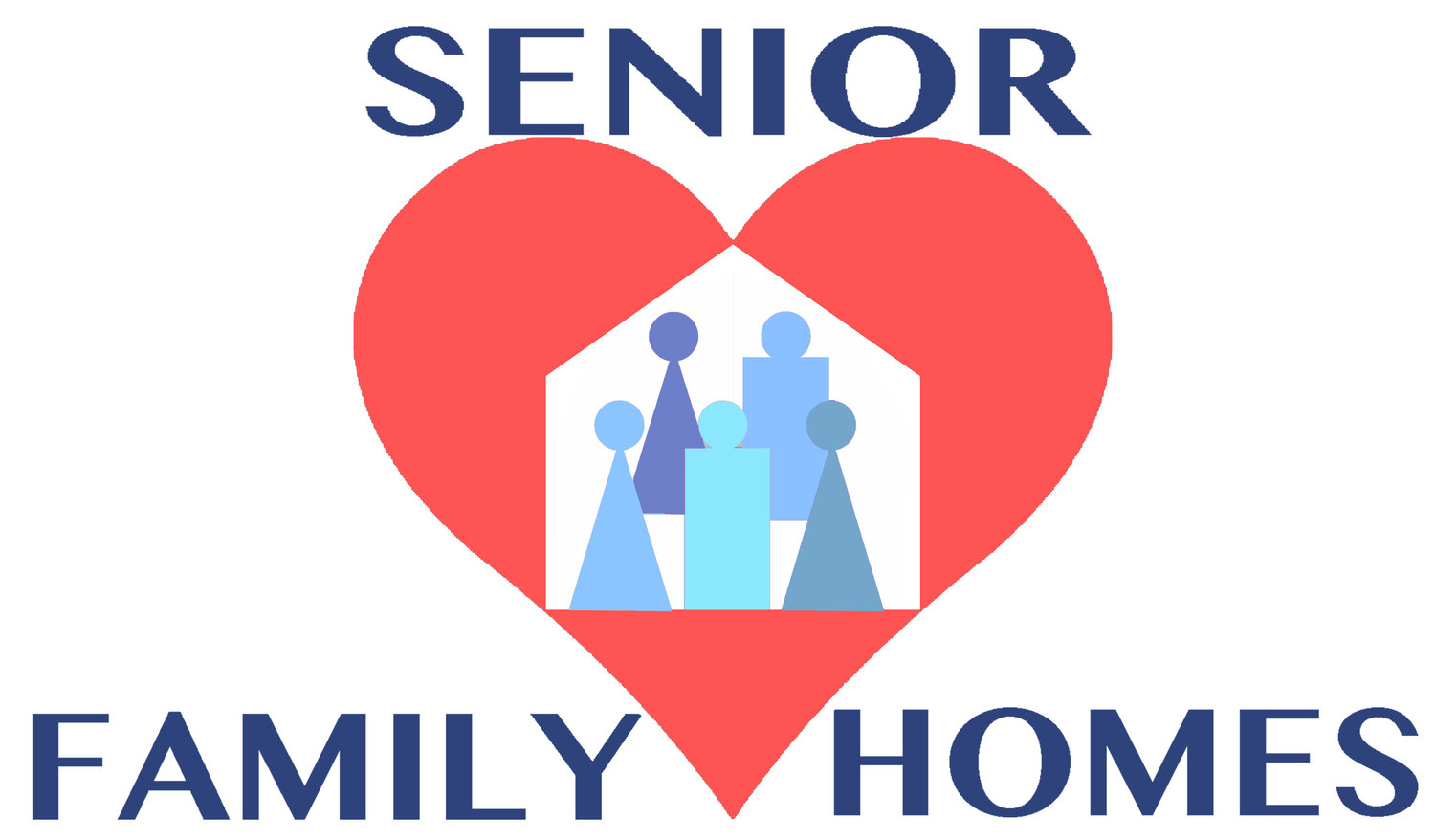Cannabis For Seniors….
There has been an increase of cannabis use among the Elderly during the pandemic. There are many benefits from the healing effects of Cannabis specially for elderly with chronic pain. Read more…
For years, Harry B. Lebowitz spent the cocktail hour at his home in Delray Beach, Fla., sitting in his backyard overlooking a lake and smoking a joint while his partner relaxed with her vodka and club soda. Then came Covid-19, heightening both his anxiety and his boredom. “It was like the world stopped,” Mr. Lebowitz said. “We’re all suffering from some form of PTSD, all of us.” He found himself smoking several times a day instead of once, and downing three to five shots of añejo tequila daily, too.
Last spring, the National Survey of Drug Use and Health found that marijuana use in the prior year among people over 65 had jumped 75 percent from 2015 to 2018, from 2.4 percent of that group to 4.2 percent. By 2019, use had reached 5 percent.
“I would expect it to continue to increase sharply,” said Dr. Benjamin H. Han, the lead author of the analysis. The data showed use rising particularly among women and among people with higher education and income.
Another research team, from the University of Massachusetts, found that from 2016 to 2018, the proportion of men ages 65 to 69 who reported using marijuana or hashish within the past month had climbed to 8.2 percent from 4.3 percent. Among women, it grew to 3.8 percent from 2.1 percent.
The National trend of legalization of cannabis has helped to increase those numbers. In November, voters in four states (Arizona, Montana, New Jersey and South Dakota) approved recreational use; the Virginia Legislature did the same last month, with the governor expected to sign the bill.
That would bring the total to 16 states, plus the District of Columbia, that permit “adult use” marijuana. Mississippi and South Dakota legalized medical cannabis in November, too, joining 34 other states.
There are no data yet on how the pandemic, with its stress and isolation, affected use among older people. But legal cannabis sales grew by 20 percent last year, according to the National Cannabis Industry Association. Leaf411, a nonprofit, nurse-staffed information hotline, received 50 percent more calls, most from older adults.
The effects of the pandemic varied, of course. Ileane Kent, 80, a retired fund-raiser in Lantana, Fla., has vaped nightly for years, “just to chill out,” she said.
She became a legal user for the first time in June, because she no longer wanted to risk entering her supplier’s house. With a medical marijuana card, and as a longtime breast cancer survivor — “Honestly, they don’t turn anyone away,” Ms. Kent said — she now patronizes a dispensary whose Covid protocols she finds more reassuring.
Barbara Blaser, 75, a nurse who worked at a dispensary in Oakland, Calif., had for years dealt with pain and anxiety after extensive surgery. She had come to rely on five milligrams of edible cannabis, in the form of one chocolate-covered blueberry, each morning and each evening. But after being laid off last year, she no longer faced a stressful commute or spent hours on her feet, so her use has diminished.
Still, the $17.5 billion legal cannabis industry keeps seniors squarely in its marketing sights. Major retailers offer dispensary discounts of 10 to 20 percent on “Silver Sundays” or “Senior Appreciation Days.” Some offer older customers free delivery.
All of which makes health care professionals who treat seniors uneasy. “Older people need to know that the data is very unclear about the safety of these medications,” Dr. Fick said. “Whether or not they actually help is also unclear.”
A recent review in JAMA Network Open, for instance, looked at clinical trials of cannabinoids containing THC, the psychoactive ingredient in marijuana, and found associations with dizziness and lightheadedness, and with thinking and perception disorders, in users over 50. But the authors called the associations “tentative” because the studies were limited and included few participants over 65.
A major 2017 report from the National Academy of Science, Engineering and Medicine found evidence that cannabis could alleviate nausea and vomiting from chemotherapy, muscle spasms from multiple sclerosis and certain kinds of sleep disorders and chronic pain, although researchers deemed its effect “modest.” But evidence for a long list of other conditions, including neuropathic pain, remains limited or insufficient.
“It’s hard to weigh the benefits and the risks,” Dr. Han said. As a geriatrician and addiction medicine specialist at the University of California, San Diego, he fears for older patients already susceptible to fall injuries, to interactions from taking multiple drugs and to cognitive impairment.
Like other health care professionals whose patients try cannabis, he advocates a “start low, go slow” approach, asking them to monitor the results and report side effects. He also warns patients who haven’t used much weed since the 1960s and 70s that THC concentrations are often stronger now than in their youth.
More research into the pros and cons of cannabis use would help answer these questions. But since marijuana remains a federally outlawed Schedule I drug, mounting studies can prove difficult. So its growing use among older people constitutes an uncontrolled experiment, with caution advised.
Mr. Lebowitz said he is regaining his equilibrium. Recognizing that he was drinking too heavily, and disliking the resulting hangovers, he has backed off the booze. “It’s really not my drug of choice,” he said.
But he is still smoking somewhat more marijuana — preferring strains called Dorothy, White Fire and Purple Roze — than before the world stopped.


